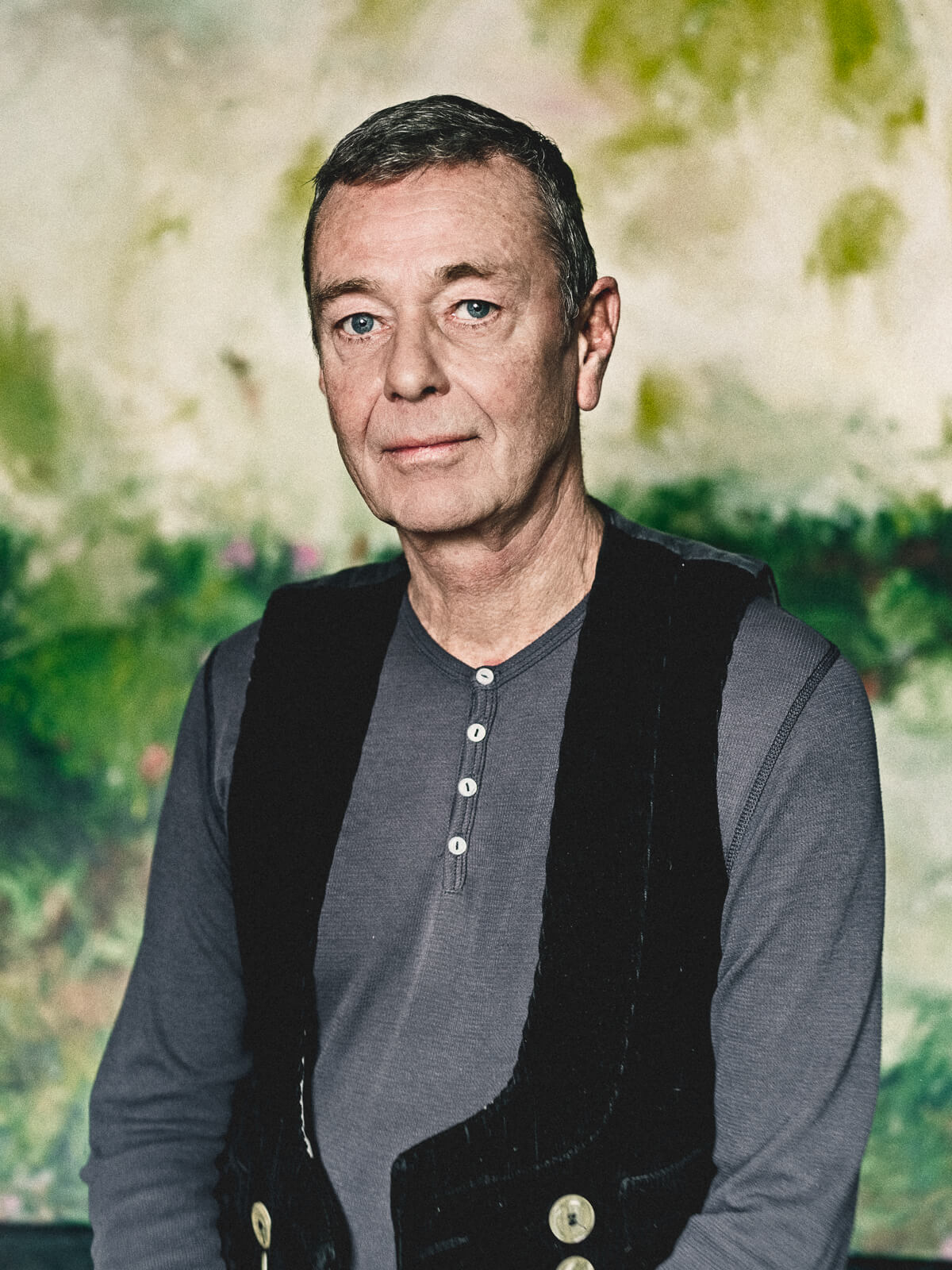
I grew up close to both the North Sea and the Baltic Sea and from my earliest memories I have loved the sound of waves. Other sounds from my childhood: the wind in the trees, larks jubilating high above the meadows, the crunch of snow underfoot, the mysterious hum in the wooden telephone poles...
My first conscious experience of classical music: magical sounds emanating from my father’s car radio. I was told that this music had been composed by a man called Robert Schumann. From then on I started dreaming up music before I went to sleep. While getting to know the classical repertoire through my piano lessons I early on developed an interest in contemporary music which I discovered largely through the radio. I was especially inspired by the lectures that both Stockhausen and Ligeti gave on West German Radio in the sixties. Both of these composers I met 1969 in Darmstadt. Perhaps even more influential were the works and ideas of Xenakis and Cage.
After I had begun to study at the conservatory I started exploring the traditional musical cultures of Tibet, Japan and China. Later, during my time in California, I came in close contact with Northern Indian music and Javanese gamelan music which I studied and played for several years. It provides a link to the music of two of my best-loved composers, Debussy and Messiaen.
What I strive for in my compositions is an organic quality, and my musical language has been described as lyrical and rhapsodic. I am often inspired by modes, especially symmetrical ones, allowing me to create extended harmonic fields, often using additive rhythms to continuously expand or contract musical phrases. Occasionally I make use of a computer program I have written in the early 1990s which creates musical structures within a specified framework using a variable degree of unpredictability.Hans Christian Détlefsen, 2011
